Moderna says late-stage trial shows its COVID-19 vaccine is nearly 95 percent effective

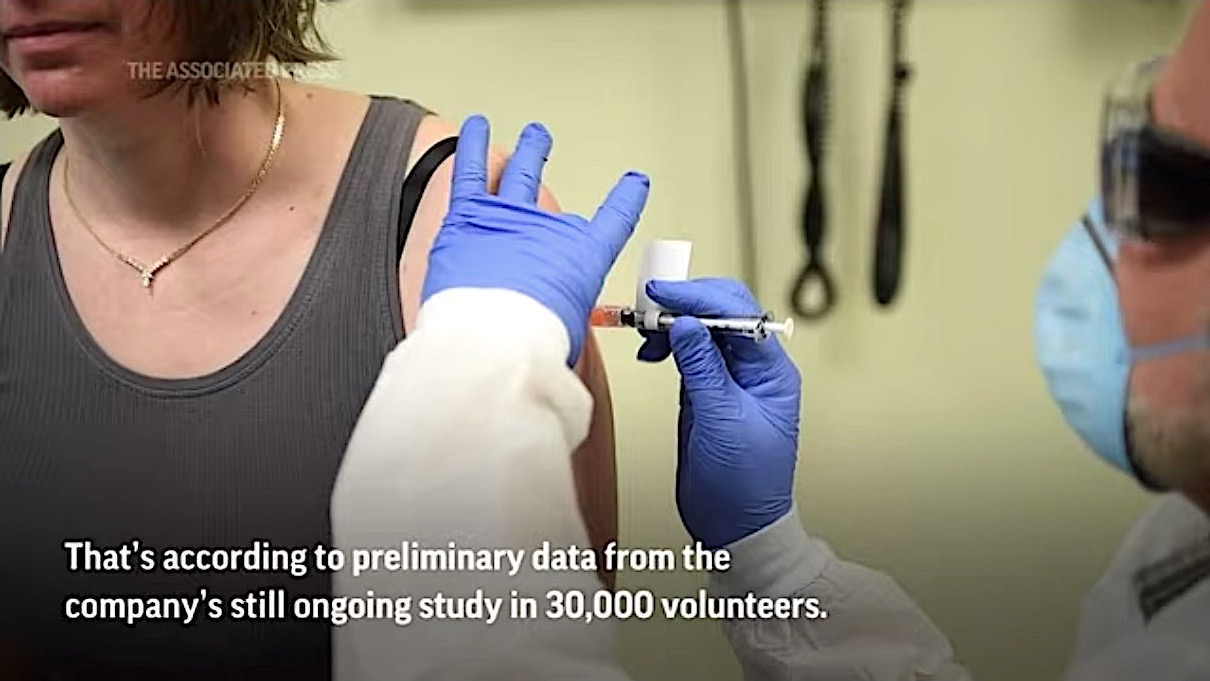
Moderna announced early Monday that, according to preliminary phase-three trial data reviewed by an independent monitoring board, its coronavirus vaccine candidate was more than 94 percent effective. CEO Stéphane Bancel called the results a "game-changer." Among the trial's 30,000 participants, 90 COVID-19 cases were found among those getting placebo shots, and only five cases occurred among those who got the two-dose vaccine. Moderna also said doses of its vaccine, once thawed, could last at refrigerated temperatures for a longer-than-expected 30 days.
The vaccine's preliminary 94.5 percent efficacy is a "really important milestone," Moderna president Dr. Stephen Hoge told The Associated Press. But more importantly, the fact that both it and Pfizer's vaccine had similar results "should give us all hope that actually a vaccine is going to be able to stop this pandemic and hopefully get us back to our lives." The company said it expects to seek emergency authorization use from the Food and Drug Administration by early December, once more data has come in.
Pfizer announced last week that its COVID-19 vaccine, developed with BioNTech, was 90 percent effective in phase three trials. The better-than-expected vaccine data arrived as the total number of U.S. infections surpassed 11 million. Michigan and Washington state on Sunday became the latest states to announce broad new restrictions on private gatherings and many businesses to fight the latest wave in the pandemic.
The Week
Escape your echo chamber. Get the facts behind the news, plus analysis from multiple perspectives.

Sign up for The Week's Free Newsletters
From our morning news briefing to a weekly Good News Newsletter, get the best of The Week delivered directly to your inbox.
From our morning news briefing to a weekly Good News Newsletter, get the best of The Week delivered directly to your inbox.
A free daily email with the biggest news stories of the day – and the best features from TheWeek.com
Peter has worked as a news and culture writer and editor at The Week since the site's launch in 2008. He covers politics, world affairs, religion and cultural currents. His journalism career began as a copy editor at a financial newswire and has included editorial positions at The New York Times Magazine, Facts on File, and Oregon State University.
-
 Venezuela’s Trump-shaped power vacuum
Venezuela’s Trump-shaped power vacuumIN THE SPOTLIGHT The American abduction of Venezuelan President Nicolás Maduro has thrust South America’s biggest oil-producing state into uncharted geopolitical waters
-
 Most data centers are being built in the wrong climate
Most data centers are being built in the wrong climateThe explainer Data centers require substantial water and energy. But certain locations are more strained than others, mainly due to rising temperatures.
-
 ‘Maps are the ideal metaphor for our models of what the world might be’
‘Maps are the ideal metaphor for our models of what the world might be’Instant Opinion Opinion, comment and editorials of the day
-
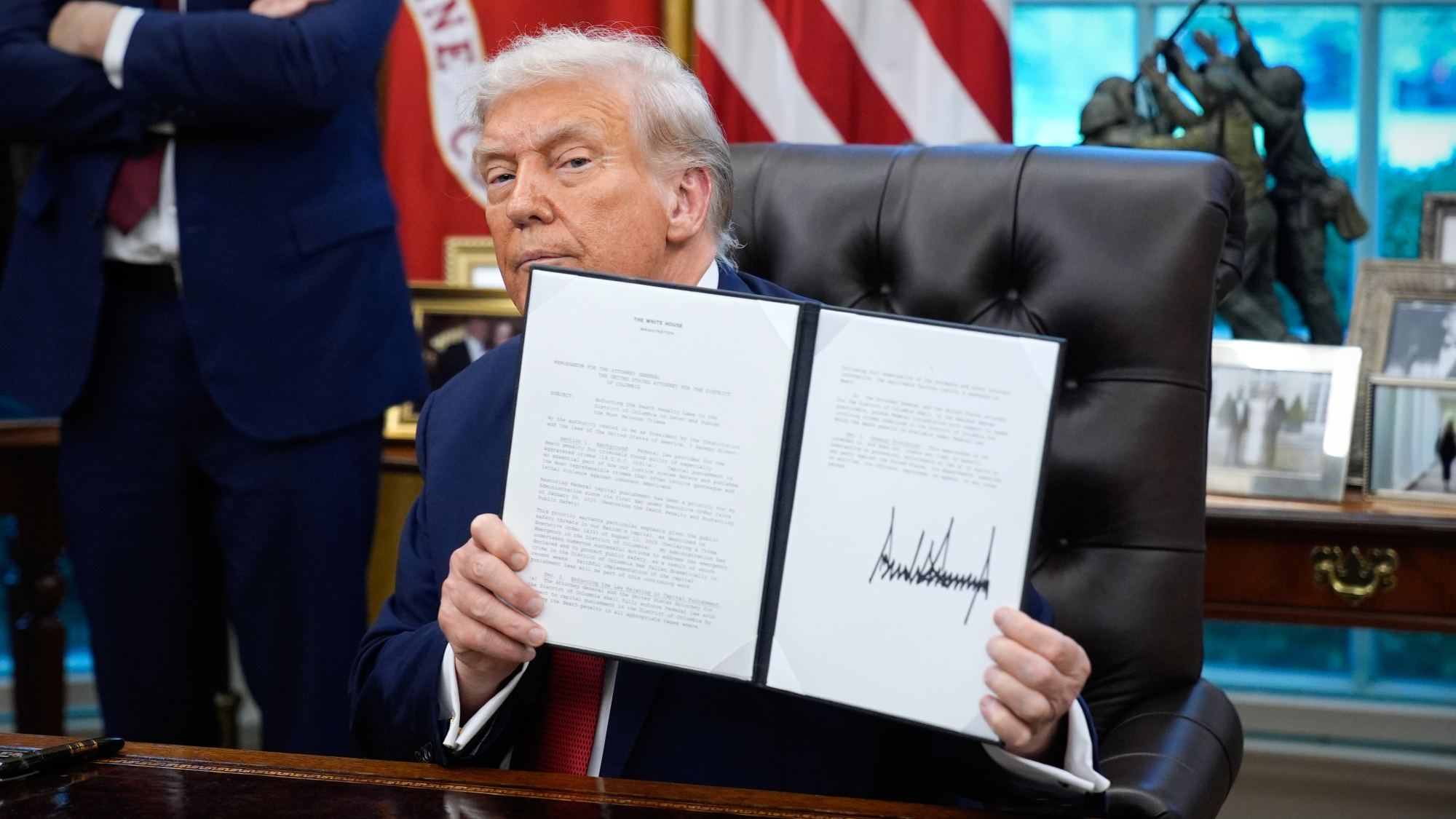 TikTok secures deal to remain in US
TikTok secures deal to remain in USSpeed Read ByteDance will form a US version of the popular video-sharing platform
-
 Unemployment rate ticks up amid fall job losses
Unemployment rate ticks up amid fall job lossesSpeed Read Data released by the Commerce Department indicates ‘one of the weakest American labor markets in years’
-
 US mints final penny after 232-year run
US mints final penny after 232-year runSpeed Read Production of the one-cent coin has ended
-
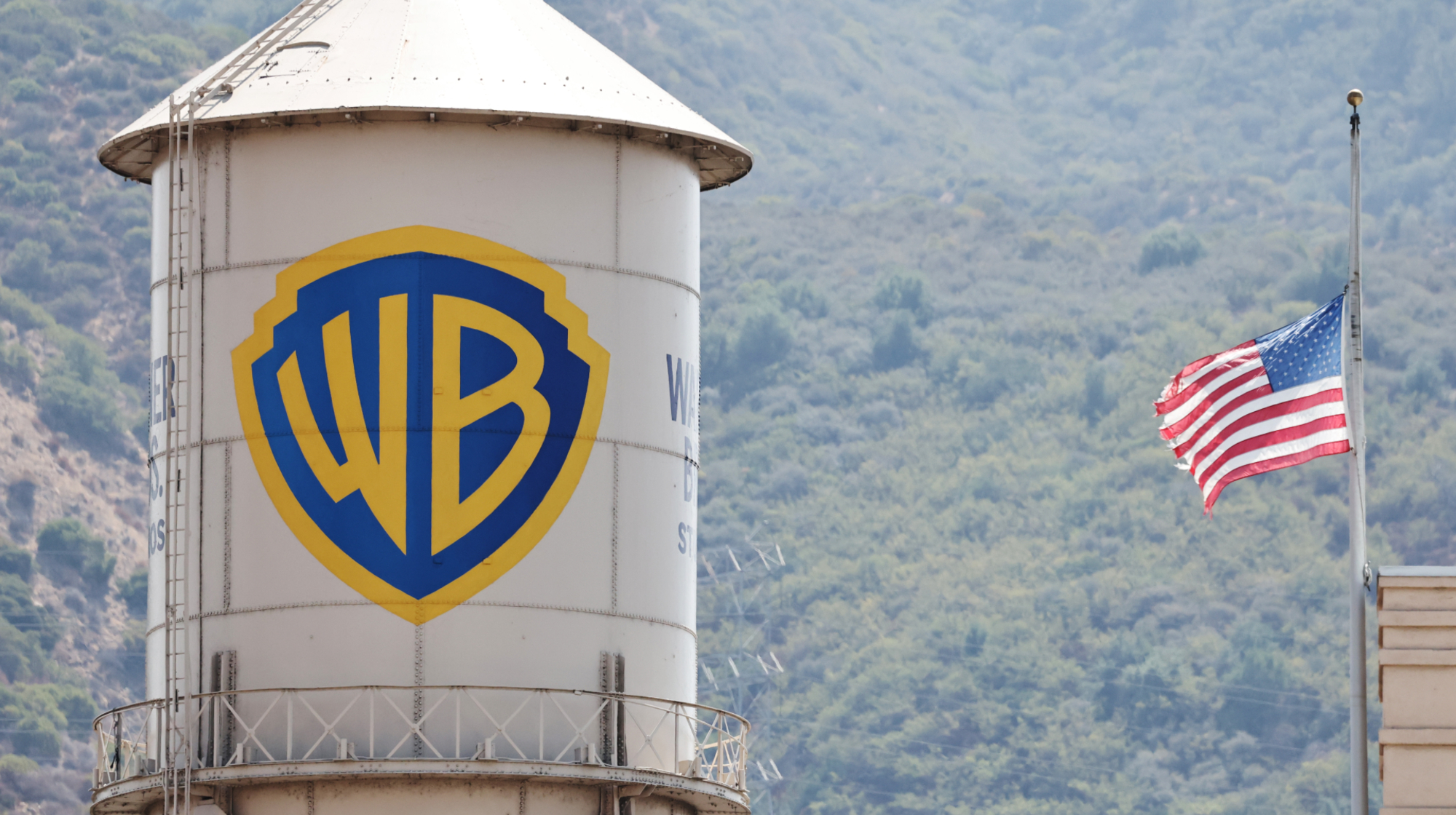 Warner Bros. explores sale amid Paramount bids
Warner Bros. explores sale amid Paramount bidsSpeed Read The media giant, home to HBO and DC Studios, has received interest from multiple buying parties
-
 Gold tops $4K per ounce, signaling financial unease
Gold tops $4K per ounce, signaling financial uneaseSpeed Read Investors are worried about President Donald Trump’s trade war
-
 Electronic Arts to go private in record $55B deal
Electronic Arts to go private in record $55B dealspeed read The video game giant is behind ‘The Sims’ and ‘Madden NFL’
-
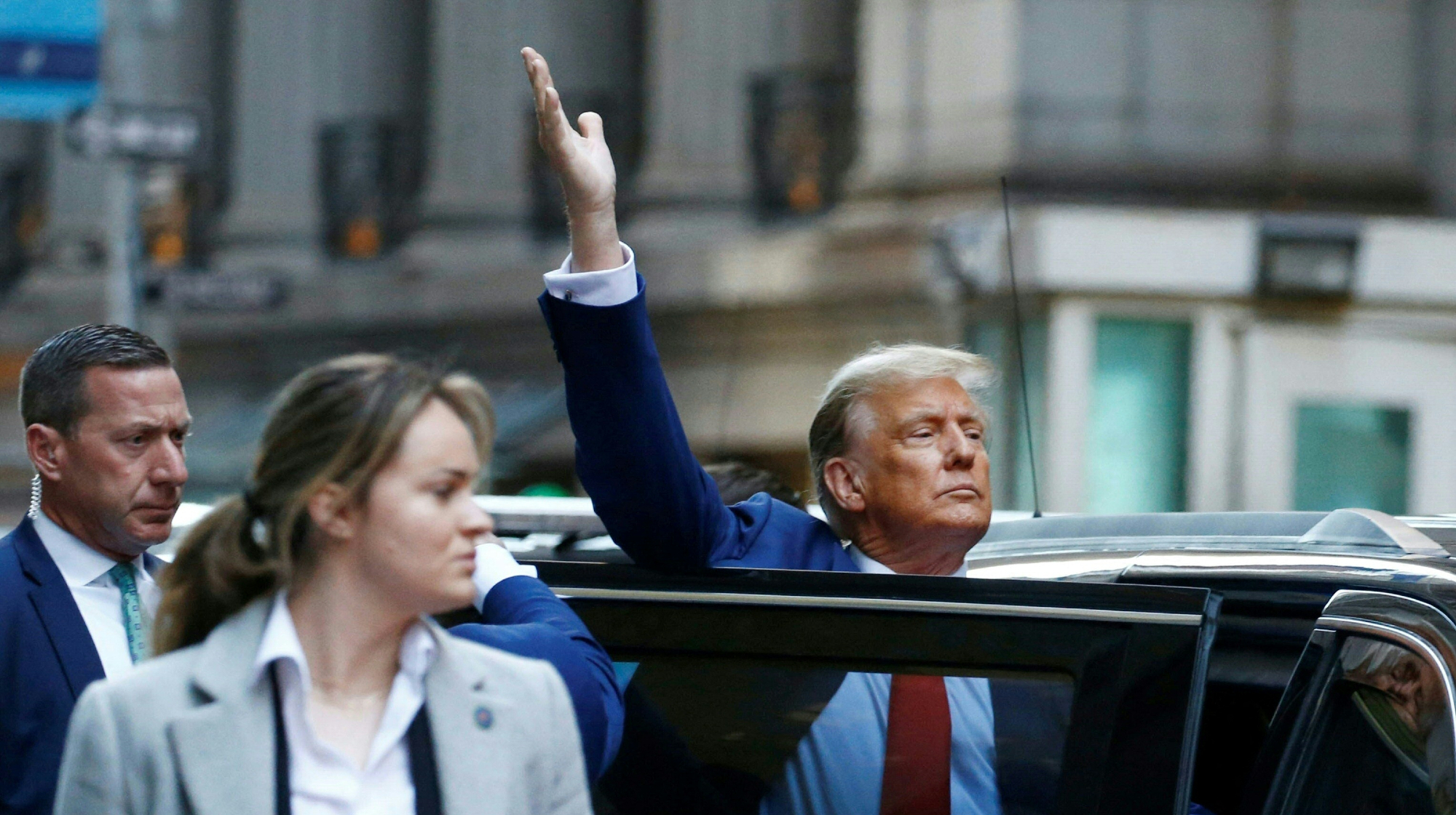 New York court tosses Trump's $500M fraud fine
New York court tosses Trump's $500M fraud fineSpeed Read A divided appeals court threw out a hefty penalty against President Trump for fraudulently inflating his wealth
-
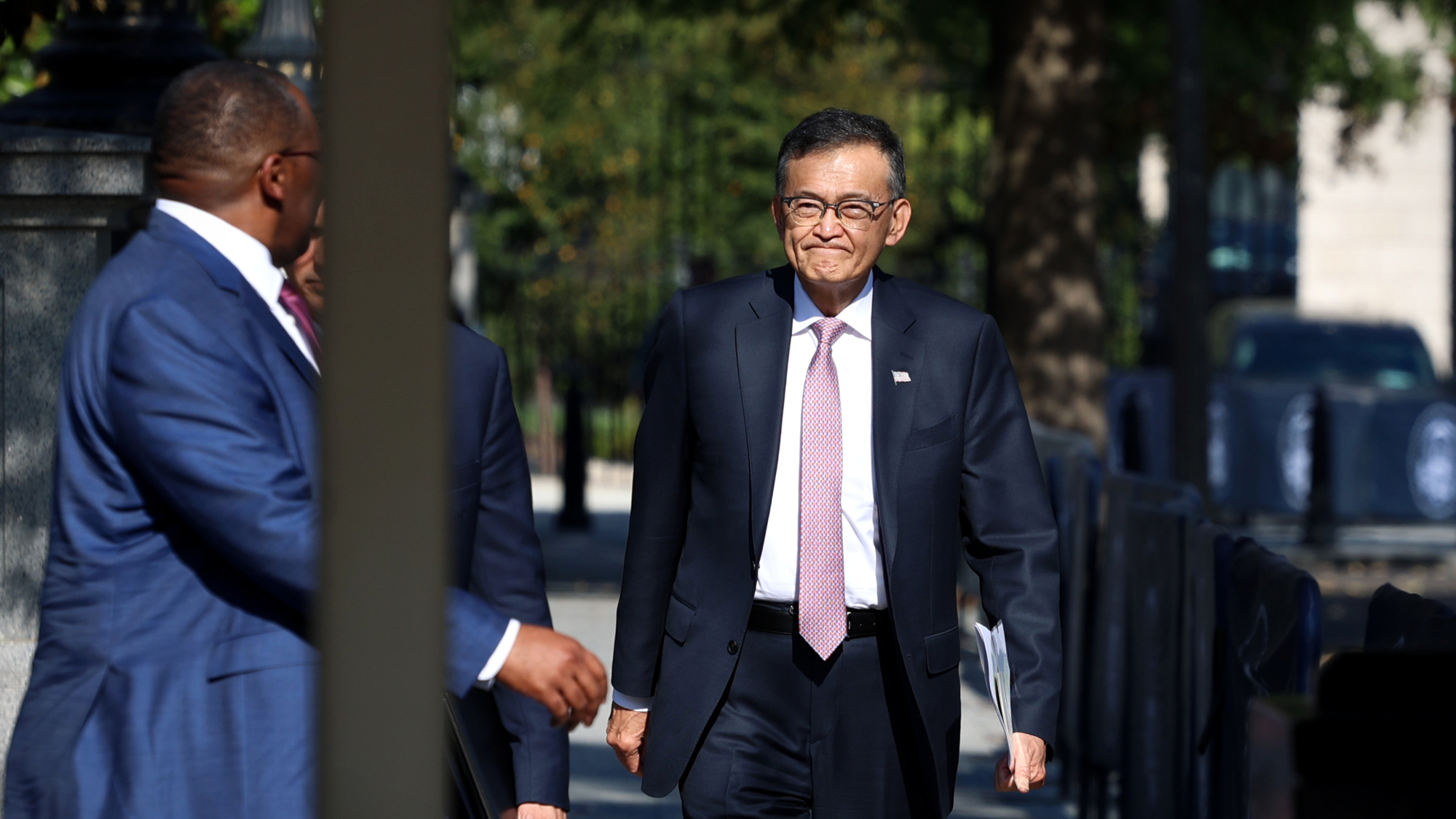 Trump said to seek government stake in Intel
Trump said to seek government stake in IntelSpeed Read The president and Intel CEO Lip-Bu Tan reportedly discussed the proposal at a recent meeting
